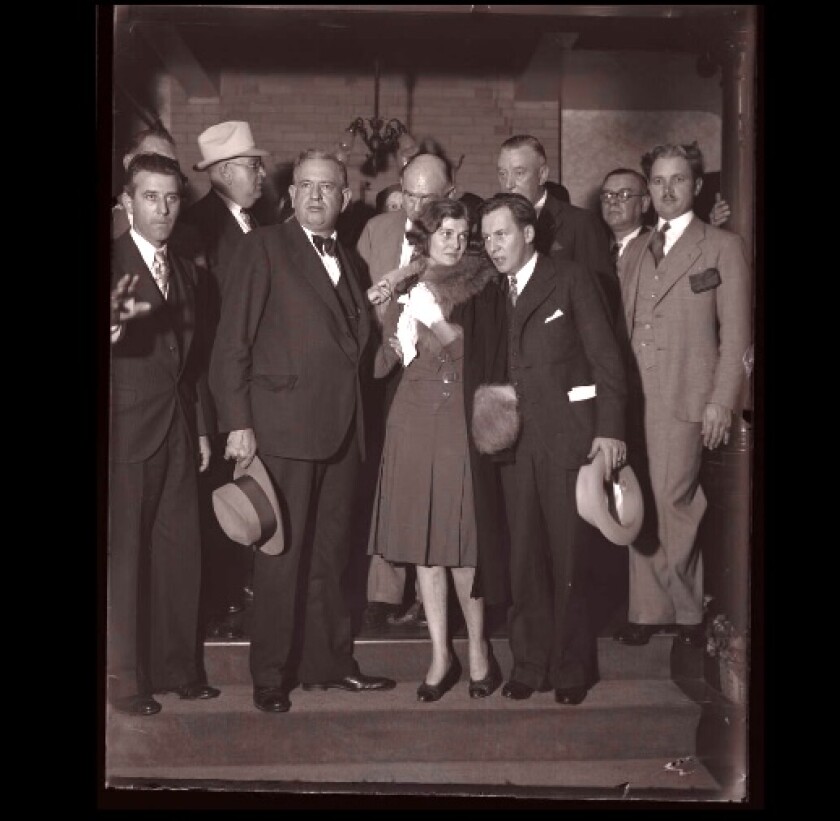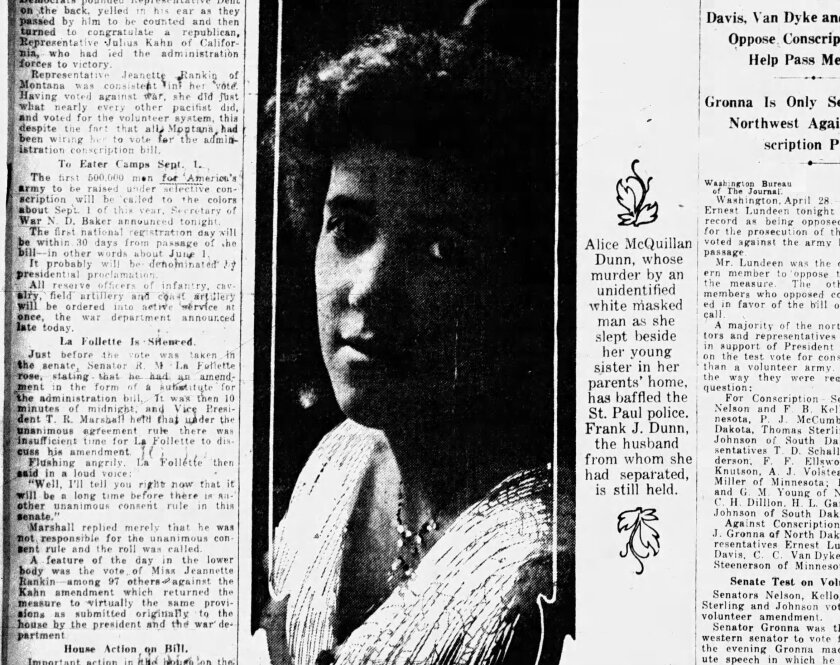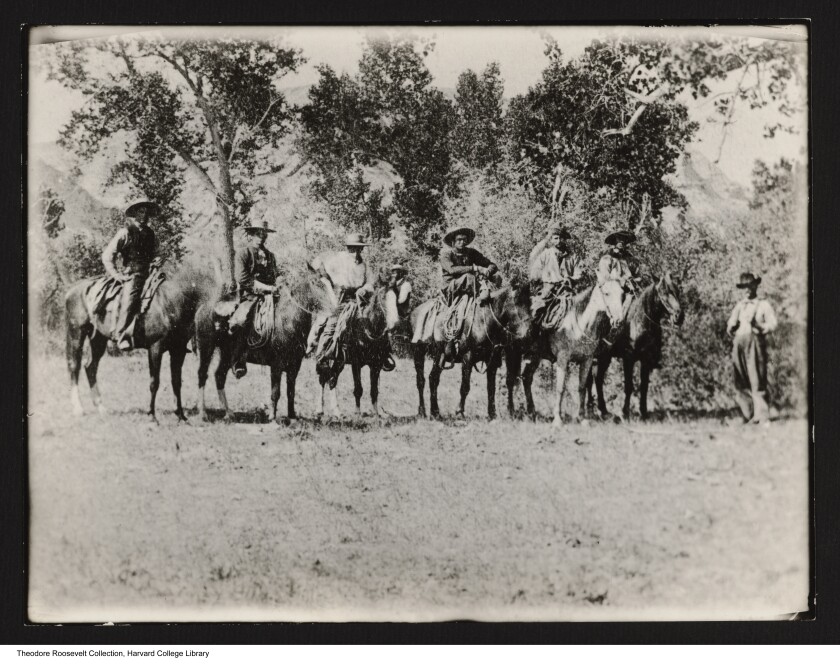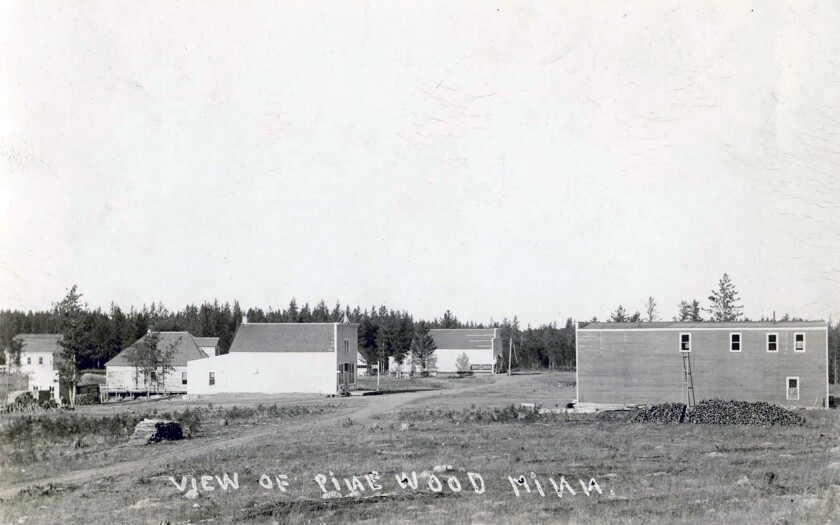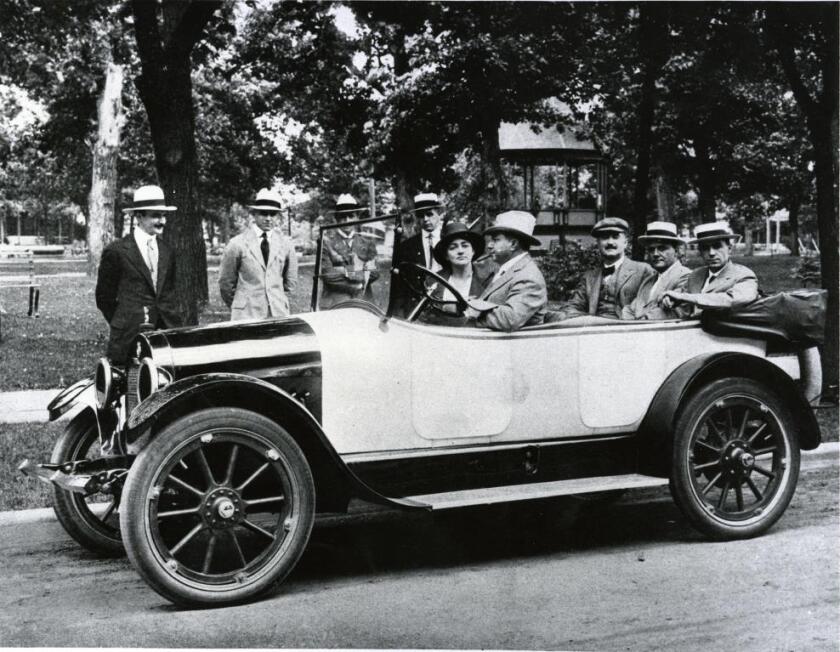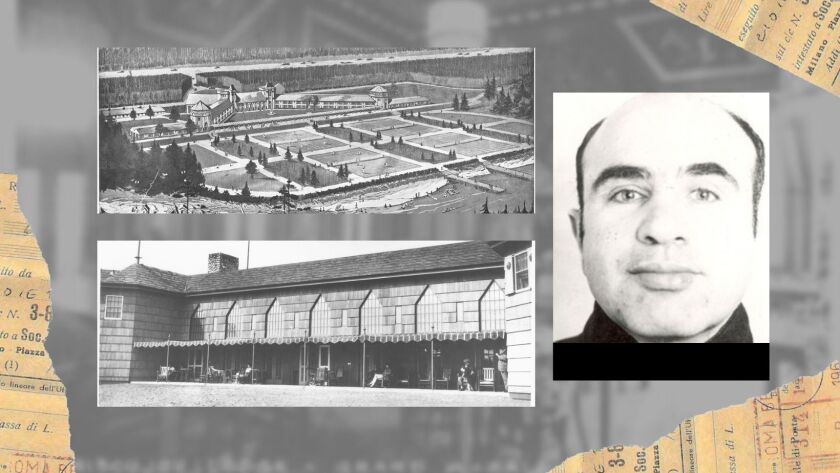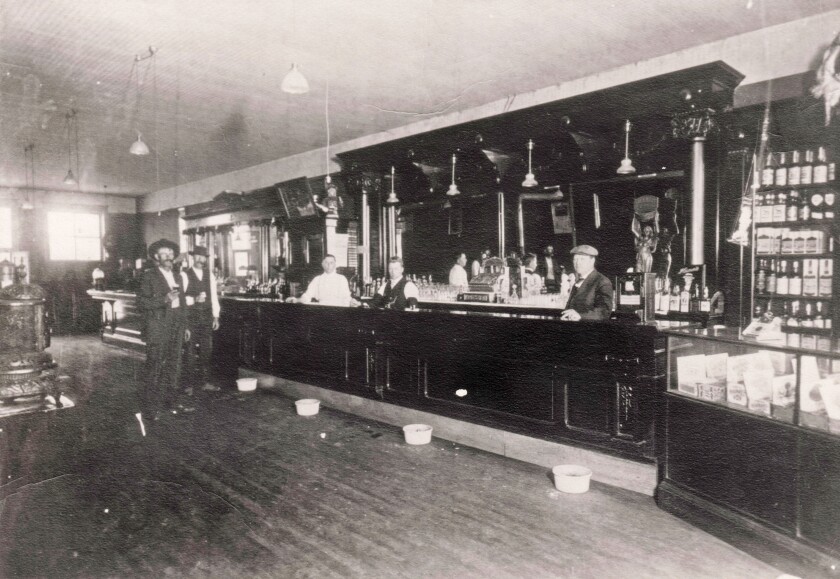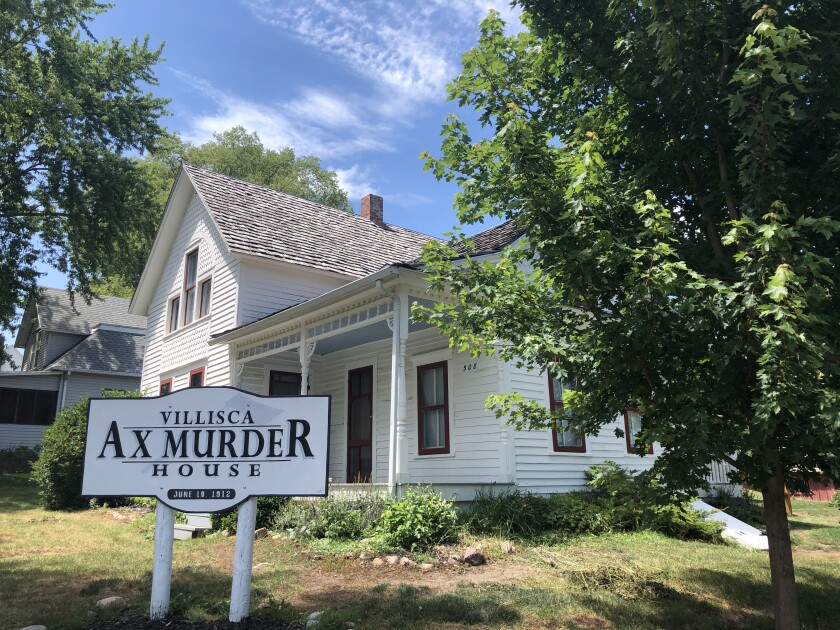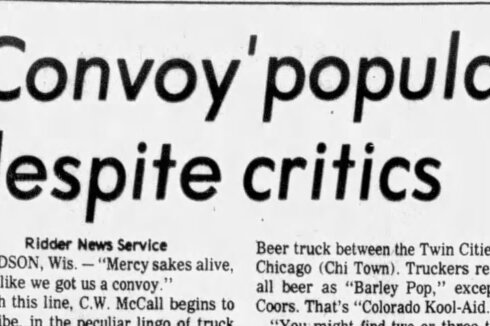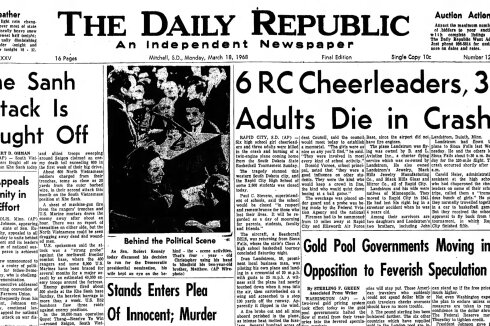Editor's note: This story is part eight of an eight-part series examining the killings of Gilbert Fassett and Eddie Peltier on the Spirit Lake Nation in North Dakota. Veteran reporter Patrick Springer examines both cases and considers a sobering question: Were the men convicted of these murders guilty?
DEVILS LAKE, N.D. — Gilbert Fassett was wearing a tan-colored, long-sleeve shirt with red and blue lines forming a square pattern when his body was found on wooded Ski Jump Hill on Spirit Lake Nation.
ADVERTISEMENT
Fassett had been stabbed more than 90 times, and the shirt was full of slash punctures apparently left by the knife that repeatedly pierced his body.
Now, 38 years after Fassett’s death, lawyers for the man who was convicted of the murder are trying to find the blood-soaked shirt, which they want to test for DNA evidence that they believe could identify the killer.
Testing for DNA evidence wasn’t available in 1986, when Werner Kunkel, who has since changed his name to Werner Rümmer, was convicted of Fassett’s murder, said James Mayer, a lawyer for Great North Innocence Project, which is reviewing Rümmer’s case.
“I believe this conviction deserves real scrutiny,” he said. “There is no physical evidence connecting Mr. Kunkel to the crime, and Mr. Kunkel was convicted largely based on confessions he supposedly made to third parties, many of whom were jailhouse informants seeking some consideration from the State in exchange for their testimony.
“In addition, many of those alleged confessions contradicted each other in material ways, or were otherwise inconsistent with the known facts,” Mayer said.

Although no physical evidence connected Rümmer to the murder, he was the last person seen with Fassett before the body was found.
Lawyers are searching for new evidence in the hope of reopening the Fassett murder case, an investigation that took nine years to produce charges against Rümmer.
ADVERTISEMENT
“There are things that we are uncovering that are giving us encouraging news,” said Dane DeKrey, a Moorhead lawyer who represents Rümmer.
One example, he said, is a statement from Byron Anderson, a member of the National Guard who said he saw Fassett walking with a girl in Devils Lake around 1 a.m. on the morning of Aug. 1, 1986 — several hours after Rümmer said he dropped off Fassett at a house in Devils Lake where Fassett was staying with friends, and the last day Fassett was seen alive.
The sighting was memorable, Anderson said, because he was driving to Grand Forks to fly with his National Guard unit to Alabama and was running late.
Two months later, Anderson altered his statement, saying he was no longer certain about the date.
Rümmer’s lawyers found the order directing Anderson and a number of other guardsmen to report for annual training at Anniston Army Depot, Alabama, on Aug. 2, 1986, a date that supports Anderson's original statement.
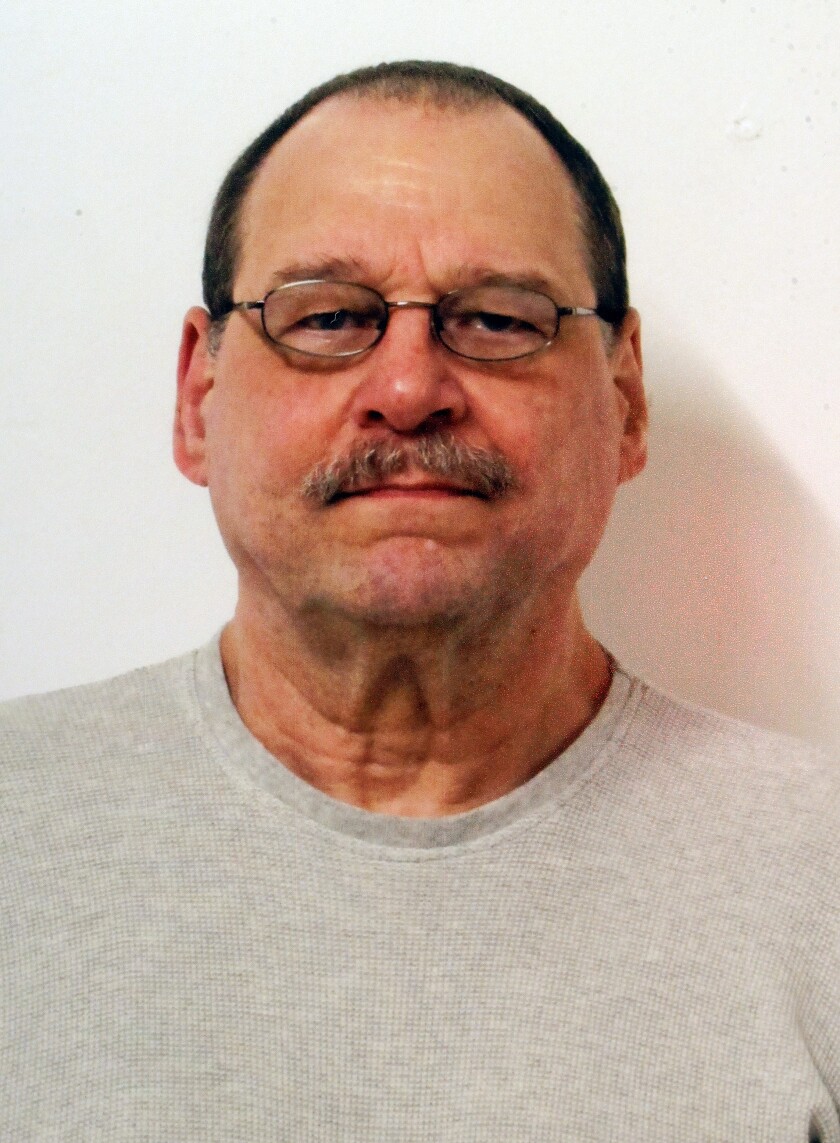
The case file for the FBI, which was one of the law enforcement agencies that investigated the murder, indicated that an FBI agent accepted custody of the shirt, pair of pants, and pair of tennis shoes from Fassett's body on Aug. 19, 1986.
According to testimony during Rümmer’s trial, items of Fassett’s clothing were hung on trees at the scene where the body was found for inspection.
ADVERTISEMENT
The items, plus scrapings from them, were sent to the FBI lab on Aug. 25, 1986. Chain of custody records indicate that FBI Special Agent Spencer Hellekson again accepted custody of the clothing, returned by the FBI lab, on Jan. 7, 1995, and turned the items over to a deputy for the Ramsey County Sheriff's Office on Jan. 9, 1995, several months before Rümmer’s trial.
While the search for new evidence in the case continues, lawyers also are seeking a reconsideration of Rümmer’s parole. Rümmer is serving a life sentence at the James River Correctional Center in Jamestown.
The North Dakota Parole Board granted Rümmer parole in May 2022, on the condition that he be turned over to U.S. Immigration and Customs Enforcement and deported to his native Germany.
But months later, in November 2022, the board reversed its decision and rescinded the parole grant. The order rescinding parole gave “seriousness of the offense” and “new information” as the reasons.
Parole Board members said they received opposition to Rümmer’s release from the Ramsey County State’s Attorney’s Office in Devils Lake, which prosecuted Rümmer, and a person who served as a juror in the trial. Both expressed public safety concerns.
In a letter to the Parole Board, Beau Cummings, the Ramsey County state’s attorney, objected to Rümmer’s early release “due to the violent nature and circumstances of his criminal conduct which show an extreme indifference to the value of human life.”

Although releasing and deporting Rümmer to Germany “may be an attractive option,” Cummings added, “I cannot fathom the sheer amount of risk to the community that Kunkel’s release would create.”
ADVERTISEMENT
Throughout his incarceration, he said, Rümmer has “made numerous threats of violence toward individuals involved in his conviction including jurors, witnesses and specifically the prosecutor, Lonnie Olson.”
In 1983, Rümmer was convicted of firing a gun at a home in Devils Lake that he mistakenly believed belonged to a Highway Patrol officer, Cummings said.
Cummings also argued that Rümmer had “little or no reason” to stay in Germany because his family and spouse live in North Dakota and he has “no substantial ties” to Germany.
“Additionally, there is no mechanism stopping him from immediately returning to the United States and exacting his revenge on individuals involved in the case,” Cummings wrote.
Cummings' allegations of threats by Rümmer were not substantiated, DeKrey said. “It’s just sort of a whisper campaign,” he said.
In an email, Rümmer denied that he had made any threats against those involved in the trial. Rümmer said his record of over 30 years of incarceration has never included an accusation of threatening anyone.
“No violence, threats, nothing,” he wrote. Rümmer dismissed the allegations as “just more innuendo.”
ADVERTISEMENT
In an interview, Rümmer said he wants to return to Germany to start a new life. He was brought to the United States as a boy after his mother married a businessman in Devils Lake and has never had U.S. citizenship.
“What in God’s name would I come back here for?” he said. “I want to start a whole new life over there. I have family there.”
Also, Rümmer said, the claims his release poses a threat to public safety are belied by a pretrial plea offer he was given but declined that would have called for him to plead guilty to accomplice to murder and serve 10 years of a 20-year sentence.
With good behavior, Rümmer said, he would have been eligible for parole in six years and eight months.
"It's hypocritical and makes it hard to take the prosecutor's claims seriously,” DeKrey said. “If anything, it's backward logic. Werner was much younger then, in the height of his ‘bad behavior’ phase of his life, and yet the state offered him a chance to get out of prison in three years? But now, 25 years later, with his age and health condition, he's now somehow too dangerous to be released?”
DeKrey added: “As far as I'm concerned, Werner has already over-served the sentence the state was happy to give him by about 20 years. If he wasn't too dangerous then — right after they thought he literally killed a man — then he's 100% not too dangerous now."
To protest the rescission of his parole, Rümmer started a hunger strike in late February and said he had lost more than 30 pounds. He since ended the hunger strike.
ADVERTISEMENT
“I thought about this the day they unjustly stripped me of parole,” he said. “I almost started then.”
The German government has said it will accept Rümmer and has pledged to help him adapt to a new life, setting him up with an apartment, schooling, language instruction and a job, Rümmer said.
“They will help me reintegrate into German society,” he said.
The German government has expressed doubts about the fairness of Rümmer’s trial.
“The Consulate feels that this case deserves special attention, not because it concerns a German citizen, but because there seems to be reasonable doubt that Mr. Rümmer was convicted on the basis of clear and unquestionable evidence,” an official with the German consulate wrote in 2000.
DeKrey said he wants the Parole Board to restore its decision to grant parole. That decision was made despite Rümmer’s refusal to express remorse for Fassett’s death — something Rümmer said he wouldn’t do because he didn’t kill Fassett.
“I want to get Kunkel the parole they believe he deserved,” DeKrey said.
Unless the Parole Board reconsiders, Rümmer, who is 63, will not be eligible for parole again until September 2025.
If Rümmer is released from prison, Cummings asked the Parole Board to restrict him from having his primary residence or employment in Ramsey County and bar him from contacting anyone involved in his prosecution, subject to immediate revocation of his parole and return to custody.
Rümmer would “of course” abide by any conditions involving his release, DeKrey said. If released and deported to Germany, Rümmer would have no intention of returning. “We’re both saying the same things,” he said.






